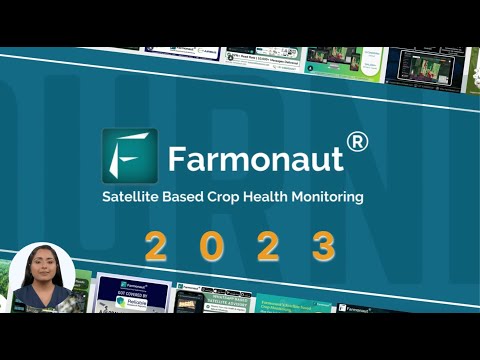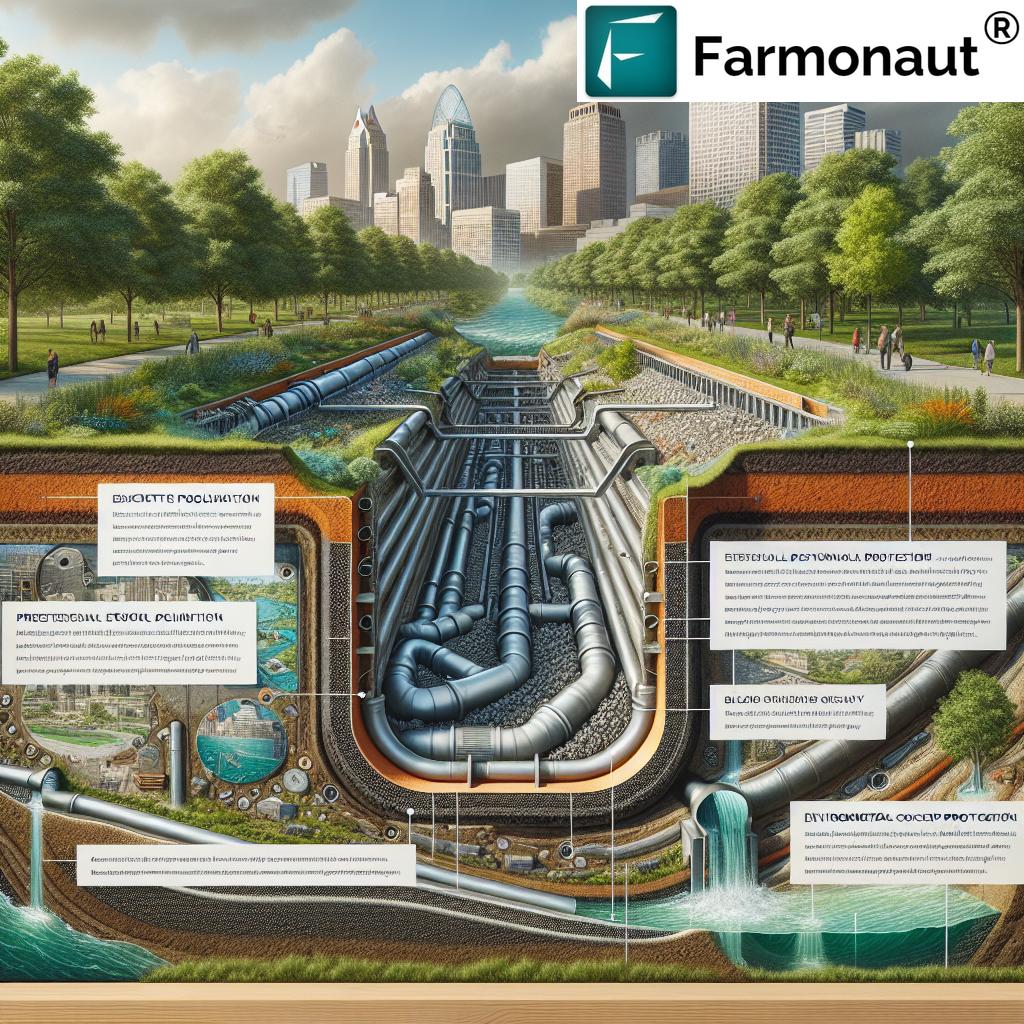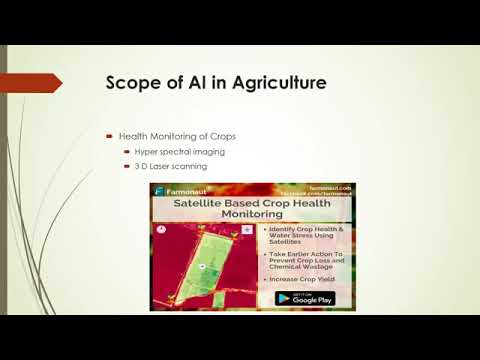5 Urgent Solutions for E. coli Risks from Cincinnati Park Sewer Overflow
” In 2023, Cincinnati parks saw E. coli levels spike 4x above safe limits after major sewer overflows. ”
Introduction: Sewer Overflow in Cincinnati Parks is a Serious Public Health Risk
Recent environmental studies have exposed a growing—and urgent—issue in Cincinnati’s public parks, especially at Burnet Woods. The persistent sewer overflow in Cincinnati parks isn’t just an eyesore; it directly threatens public health and environmental sustainability. Record levels of E. coli contamination in public parks—spurred by stormwater runoff and flooding risks—have been found after heavy rains. Left unchecked, these combined sewer overflow health risks can damage our treasured green spaces and expose our families to severe health problems.
It is crucial that we, as a community, understand the scope of the problem, the risks of E. coli exposure following flooding caused by heavy rainstorms and the five most urgent, sustainable solutions available. By doing so, we can contribute meaningfully toward environmental protection from sewage and improve community safety today and for future generations.
Understanding the Urgent Risks of E. coli in Burnet Woods Park
How Combined Sewer Overflows Create Environmental and Health Risks in Cincinnati Parks
A combined sewer system—like much of Cincinnati’s older infrastructure—collects rainwater runoff, domestic sewage, and wastewater into one pipe. During intense storms, the water volume can exceed the capacity of these pipes, resulting in untreated sewage and stormwater being discharged directly into public areas such as Burnet Woods Park.
This is what is known as a Combined Sewer Overflow (CSO) event. The Ohio EPA no longer allows the installation of such systems due to clear pollution and health dangers.
A sobering study by University of Cincinnati researchers measured highly elevated E. coli levels in the soil and water at Burnet Woods, days after a single overflow. Eight hours following the event, E. coli exceeded legal limits for recreation waters by a shocking 600 times! This is especially concerning as these areas are frequented by families, children, and pets.
- Gastrointestinal problems: Direct or indirect contact with contaminated water or soil may cause severe illness.
- Environmental damage: Flooding from CSOs delivers untreated waste into delicate natural areas.
- Long-term impacts: Repeated overflows can change soil structure, microbial diversity, and waterway health for years.
Why Are E. coli Contamination Events so Common?
The main catalysts are stormwater runoff and flooding risks that overwhelm our aging sewer system. With climate change increasing the frequency and intensity of storms, these events are only becoming more common.
” Stormwater runoff contributes to 60% of E. coli contamination events in urban parks like those in Cincinnati. ”
Solution #1: Enhanced Stormwater Detention Systems for Cincinnati Parks
Mitigating Sewer Overflow in Cincinnati Parks with Smart Detention Tanks
The first—and most immediately effective—response is to limit peak stormwater flow into the combined sewer system during storms. Stormwater detention systems act as holding tanks that temporarily collect and slowly release runoff, reducing the risk of overflow and subsequent park contamination.
- Example from UC Campus: Dozens of underground detention tanks have been built to capture excess water during storms, easing the strain on sewers.
- Advanced Real-Time Controls: In 2021, Cincinnati’s Metropolitan Sewer District (MSD) introduced smart technology to further manage detention tank flow based on storm data.
- Direct Benefits: Reduces the frequency and severity of overflows, lessening E. coli contamination in public parks such as Burnet Woods.
Park water pollution solutions start with infrastructure designed for today’s climate realities—not the excesses of a century ago.
Interested in leveraging technology to monitor environment and water systems? Our satellite-based large-scale monitoring platform enables sustainable management and rapid response across vast regions.
Solution #2: Real-Time Monitoring and Public Warning Systems
Protecting the Community with Timely Alerts and Closures
The public’s protection hinges not only on infrastructure, but also on fast, transparent information sharing. Real-time monitoring sensors—already utilized by the Metropolitan Sewer District (MSD)—detect overflow events as soon as they happen. But our response must go further:
- Immediate Park Closures: When sewer overflow is detected, affected park areas must be closed for public access until contamination levels drop to safe limits (as happened this spring, resulting in a closure of 10 days).
- Warning Signage: Clear, multi-lingual signs at park entrances and impacted areas warn of “High E. coli Levels,” “No Swimming/Playing,” or “Public Advisory in Place.”
- Digital Alerts: MSD can issue app notifications, email, and SMS alerts to Cincinnati residents to avoid accidental exposure.
Transparent, science-based public communication stops the spread of dangerous health risks of sewage exposure and allows families to make informed decisions.
Why Immediate Awareness Matters
- E. coli risk is highest within 8–24 hours of a combined sewer overflow event.
- Public exposure to park runoff or soil can lead to gastrointestinal problems, especially among children, seniors, and immunocompromised community members.
- Consistent warnings build trust, demonstrating that environmental agencies and city leaders put public safety first.
For those interested in environmental data integration and developing custom warning tools, Farmonaut’s powerful API and Developer Docs offer seamless, scalable options for integrating real-time environmental intelligence.
Solution #3: Infrastructure Upgrades to Mitigate Overflow Capacity
Modernizing Outdated Sewers for Sustainable Public Protection
Burnet Woods and Cincinnati’s historic sewer system—built when urban areas were smaller—can no longer handle the combined flows of stormwater and wastewater. We need a system-wide upgrade focused on:
- Separating Sanitary and Storm Sewers: Prevent mixing of domestic wastewater and storm runoff, so that only clean rainwater ends up in parks, rivers, and soil.
- Capacity Expansion: Installing larger pipes or parallel bypass lines in flood-prone zones (the valley near Burnet Woods, for example) to reduce the risk that intense rain “exceeds capacity.”
- Green Infrastructure: Adding bioswales, rain gardens, permeable pavements, and tree plantings to slow runoff and increase infiltration into the soil before it floods sewers.
The transition to a modern sewer system is a “permanent, larger scale solution”—echoed by both Cincinnati Parks and the Metropolitan Sewer District.
Sustainable Upgrades and Their Environmental Impact
- Reduces E. coli and other waterborne pathogens in public parks.
- Improves soil and watershed health for urban ecology.
- Mitigates flooding caused by heavy rainstorms at the source, not just the outlet.
- Provides jobs in green construction and maintenance, further benefitting the community.
Explore how carbon footprinting platforms—like those offered by Farmonaut—can help track the environmental impact of infrastructure projects, ensuring eco-friendly and compliant sewer system modernization.
Solution #4: Engaging the Community and Environmental Education
Community Involvement in Sewer System Improvements and Long-Term Protection
Faced with rampant park water pollution and communication gaps, many Cincinnati residents have felt left in the dark about the real dangers of sewer overflows. Community members and environmental advocates like Marilyn Wall of the Sierra Club and Dr. Lisa Haglund from the Burnet Woods Advisory Council are leading calls for:
- Community Forums and Open Meetings: Collaborative decision-making, valuing both science and public experiences.
- Transparency in Planning: Public disclosure of overflow frequencies, high-risk zones, and remediation progress.
- Environmental Education: Programs for families and schools, explaining combined sewer overflow health risks, water testing, and prevention methods.
- Citizen Science Initiatives: Training local volunteers to test soil and waters, report illegal dumping or suspicious odors, and participate in regular park clean-ups.
Communities that are engaged and educated respond more effectively to environmental crises—and are more likely to advocate for sustainable, long-term solutions.
Discover Farmonaut’s blockchain-based traceability tools, empowering organizations and local groups to guarantee transparent tracking of contamination events and facilitate community-driven environmental accountability.
Solution #5: Policy Reform & Regulatory Action for Lasting Protection
Legal Frameworks to End Recurring Sewer Overflow in Cincinnati Parks
Temporary park closures and notification systems are vital, but the root causes demand systemic change. Policy reforms at the municipal and state level must address:
- Upstream Solutions: Enforced limitations on stormwater and sanitary sewer combined flows upstream of critical park lands.
- Funding Priorities: Budgeting for both immediate park protection and long-term replacement of all high-risk combined sewer systems.
- Regulatory Action: Mandating the installation of real-time water quality sensors and timely public disclosures.
- Enforcement Mechanisms: Penalties for polluting bodies and illegal dumping; rewards for rapid intervention, maintenance, and innovative solutions.
Effective, forward-thinking policy supports the adoption of safer sewer systems, ongoing environmental protection from sewage, and robust community health standards.
” Stormwater runoff contributes to 60% of E. coli contamination events in urban parks like those in Cincinnati. ”
Comparison Table: Effectiveness of Urgent Solutions for E. coli Risk in Cincinnati Parks
| Solution Name | Estimated Implementation Time | Estimated Cost (USD) | Environmental Impact | Community Impact | E. coli Risk Reduction (Estimated %) |
|---|---|---|---|---|---|
| Enhanced Stormwater Detention Systems | 6–24 months | $500,000–$2.5M per tank system | High (prevents direct overflows/rainwater runoff) | Strong (less park closure, cleaner water & soil) | 60–80% |
| Real-Time Monitoring & Public Warning | Immediate–3 months | $25,000–$150,000 / site installation | Moderate (prevents exposure but not contamination) | High (empowers safe public choices) | 25–60% |
| Infrastructure Upgrades / Green Infrastructure | 2–10 years | $10M–$200M total (phased citywide) | Very High (addresses root causes, reduces flooding) | Very High (long-term urban resilience) | 85–99% |
| Community Engagement & Education | Continuous / ongoing | $5,000–$50,000 annually | High (encourages citizen action, reduces pollution) | Strong (greater awareness, participation) | 15–30% |
| Policy Reform & Regulatory Upgrades | 1–3 years (policy adoption), 5–20 years for effects | Varies (from low to high, depending on scope) | Very High (permanently reduces spillover events) | Very High (sets new protections & standards) | 85–100% |
How Advanced Technologies Like Farmonaut Aid Prevention and Monitoring
Alongside policy and infrastructure, technology holds transformative potential for reducing E. coli contamination in public parks and managing stormwater runoff and flooding risks. Farmonaut offers a suite of data-driven solutions for modern sustainability concerns:
- Satellite-Based Crop and Water Monitoring: Advanced multispectral imagery reveals real-time conditions for soil, water retention, and vegetation health—crucial for both farmers and municipalities facing unpredictable rainfall and runoff.
- AI-Powered Environmental Analysis: Jeevn AI delivers instant insights and recommendations regarding moisture, contamination, and drainage risks tied to overflow potential.
- Blockchain Traceability: Transparent environmental data logs make it easier to track pollution events, verify clean-up, and enhance public trust.
- Fleet and Resource Management: Efficient deployment of maintenance vehicles or environmental responders saves critical minutes in an overflow event—limiting high E. coli levels from spreading unchecked.
- Carbon Footprinting: City planners and environmental agencies can quantify and reduce operational footprint when modernizing sewers or implementing green infrastructure with Farmonaut’s Carbon Footprinting products.
To learn more about how Farmonaut can support local government, NGOs, and farmers in precision monitoring and environmental responsiveness, explore our mobile and web applications.
Developers and innovators in Cincinnati and beyond can also access satellite & environmental APIs directly, or consult Farmonaut’s detailed technical documentation to build custom community protection and sewer system improvement tools.
FAQ: E. coli, Sewer Overflows, and Park Protection in Cincinnati
- What is a combined sewer overflow (CSO) and why is it dangerous?
- A CSO occurs when a combined sewer system, collecting rainwater, domestic sewage, and industrial wastewater in a single pipe, becomes overwhelmed during heavy rain. It then discharges untreated sewage into parks, rivers, and bodies of water. The greatest dangers are waterborne pathogens—from E. coli and other bacteria—that can cause serious health problems for anyone exposed to the contaminated area.
- How does E. coli contamination happen in public parks like Burnet Woods?
- Stormwater runoff enters parks; when pipes are full, the overflow carries sewage—and E. coli—onto parkland and into recreational waters, contaminating soil and posing acute health risks.
- What should I do if I see or smell sewage in a Cincinnati park?
- Avoid the affected area and prevent children and pets from entering contaminated water or soil. Contact the Cincinnati Parks Department or MSD to report the occurrence, and check their official alerts for closures and updates.
- How long do E. coli levels stay high after a sewer overflow event?
- E. coli levels are most dangerous within the first 8 to 24 hours after a CSO, but can remain elevated for days. Cincinnati Parks typically close impacted areas for up to 10 days to allow for natural attenuation and testing, before reopening safely.
- What permanent solutions are being considered to prevent future flooding and overflows?
- Permanent solutions include building more stormwater detention systems, upgrading to separate storm and sanitary sewers, using green infrastructure, community science initiatives, and policy reform to prioritize all of these improvements.
- How can Farmonaut’s technology help with monitoring and transparency around sewer overflow risks?
- Farmonaut enables real-time monitoring of soil moisture and water conditions via satellite, delivers custom AI advisories, and provides blockchain-based transparency for all contamination tracking. This elevates city planning, environmental agency operations, and community-driven park protection efforts.
Conclusion: A Path Forward to Safer, Greener Cincinnati Parks
The stakes could not be higher. Sewer overflow in Cincinnati parks is not simply an infrastructure challenge, but a public health emergency and a test of our collective resolve for environmental justice.
By recognizing the scope of E. coli contamination in public parks, mobilizing comprehensive stormwater runoff and flooding risk solutions, and leveraging both community engagement and breakthrough technologies like Farmonaut, we can build parks and communities that are healthier, more resilient, and truly sustainable.
Let us collaborate, innovate, and act swiftly—so that our treasured green spaces can thrive, and no Cincinnatian has to weigh the risks of a day in the park.
Protect your park. Protect your community. Protect your future.
For continuous updates and more information, follow the Cincinnati Parks Department, MSD, Ohio EPA, and Farmonaut.
“Together, we can ensure that every park remains a safe haven for families, wildlife, and the environment—no matter what storms come our way.”









